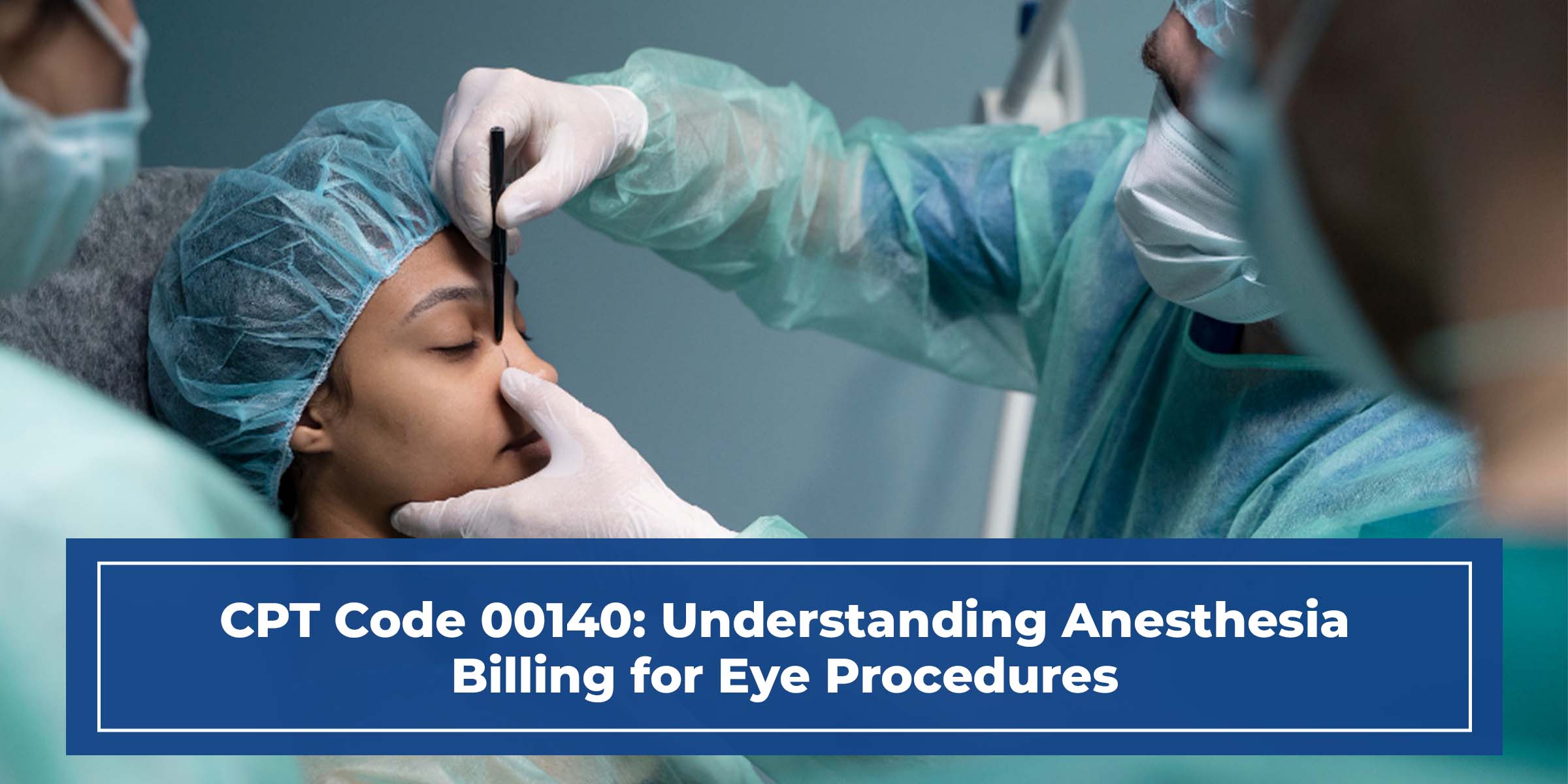Are you losing revenue or receiving denials as a result of incorrectly using CPT codes for new patients? One often confused billing code is the 99202 CPT code, which is used for low-complexity evaluation and management (E/M) services. Since the 2021 E/M guideline changes, many providers, coders, and billing teams have continued to implement them incorrectly, resulting in downcoded claims, compliance risks, and payment delays. According to the American Medical Association, 17% of outpatient E/M claims are downcoded or refused due to inadequate evidence or code misapplication.
This CPT code is commonly used by mental health professionals, primary care physicians, and specialists during first office visits. Despite its extensive use, uncertainty persists. For example, CMS set the national Medicare reimbursement for 99202 at $72.23 in 2022; however, many commercial payers reimburse differently, between $70 and $85, depending on contract terms. Practices face severe financial loss if they do not have clear documentation and proper code selection.
This guide is intended for medical coders, billers, healthcare providers, claims adjusters, and administrators who need clear and up-to-date instructions on how to use the 99202 CPT code. You will learn when to utilize it, what document is necessary, how payer restrictions differ, and what variables influence payment.
What Is the 99202 CPT Code?
The 99202 CPT code is a standard E/M billing number for office or outpatient services. It applies to initial patient visits that need a simple medical decision-making level or a time-based recording strategy.
Definition and Components
The CPT code 99202 denotes a patient’s outpatient appointment. This code is used when a clinician conducts a medically adequate history and/or examination and makes clear medical decisions. With the 2021 E/M guideline revisions, documentation no longer requires all three major components (history, test, and MDM). Rather, it is founded on either:
- Medical Decision Making (MDM) should be easy.
- Time-Based Coding: Must spend 15-29 minutes on the date of service, encompassing both face-to-face and non-face-to-face activities.
99202 Visit Requirements
To utilize the 99202 CPT code correctly, the provider must fulfill either the time-based or MDM criterion. Key elements include:
- New patient status: The individual must not have received treatment from the provider or another provider in the same specialty and group in the previous three years.
- Time requirement: The total length of time on the date of encounter must be between 15 and 29 minutes, which includes all qualifying actions.
CPT Code 99202 Documentation Guidelines
Accurate documentation for the 99202 CPT code is critical for reimbursement and audit compliance. Each section below describes the criteria used to justify the code.
History and Exam
To comply with 99202, clinicians must document a medically adequate history and/or physical examination. Unlike prior recommendations, there is no requirement to satisfy particular bullet-pointed features under the 2021 E/M regulations.
- The history must explain why the patient is being seen.
- Document the primary complaint and any clinically relevant circumstances.
Medical Decision-Making
According to the 99202 CPT code, medical decision-making (MDM) must be rated as uncomplicated. This level includes:
- One self-limiting or tiny issue.
- There is little or no data review (for example, labs, records, and external notes).
- The diagnostic or treatment strategy carries little risk.
Time-Based vs MDM-Based Billing for 99202 CPT Code
Providers have the option of having the 99202 CPT code based on the total duration or medical choices. This section contrasts the two methods and describes how you should properly record them.
Total Time Method
Time-based billing takes into account the overall time spent by the provider on the day of service. This encompasses both direct and indirect care actions. 99202 requires 15 to 29 minutes.
Time counted includes:
- Reviewing records before the visit
- Performing the examination or counseling
- Documenting in the health records
- Communicating with other healthcare providers (not individually recorded)
MDM-Based Coding
Alternatively, you may bill 99202 based on medically decision-making. The needed level is straightforward.
- To achieve this level, the documentation must include:
- One self-limiting or modest difficulty.
- Minimal data was evaluated.
- Low risk for the patient.
99202 vs 99203: Key Differences
Understanding the differences between the 99202 and 99203 CPT codes is crucial for appropriate billing and reimbursement. This section compares the two codes depending on time and decision-making level.
Time Comparison
Time is a significant difference between these two new patient E/M codes.
- 99202 applies to visits that last 15 to 29 minutes.
- 99203 is used for visits that last 30 to 44 minutes.
Decision-Making Level
Time is a significant difference between these two new patient E/M codes.
- 99202 applies to visits that last 15 to 29 minutes.
- 99203 is used for visits that last 30 to 44 minutes.
Common Errors When Reporting the 99202 CPT Code
Many denials with the 99202 CPT code are avoidable. This section focuses on two common reporting errors that might cause delays in payment or audits.
Misclassifying Patient as “New”
One of the most common billing errors is applying 99202 to an existing patient. CMS and CPT standards define a “new patient” who has not received professional services from the provider or another provider in the same specialty and group in the previous three years.
- Mislabeling causes incorrect coding. Auditors may be able to recuperate funds if the visit should have been billed using an established patient code (for example, 99212). To prevent this:
- Confirm patient histories during the group practice.
- Review EHR systems or past claims.
- Document clearly that no professional services were performed within the previous three years.
Incomplete Time or MDM Documentation
Whether employing total time or medical decision-making (MDM), documentation must support the usage of 99202. Failure to provide precise minutes or describe non-billable activity might result in rejections when using time-based billing.
For example, “spent time with the patient” is inadequate. The record should contain:
- Specific minutes (for example, “22 minutes”).
- Covered activities (for example, “chart review, exam, counseling”).
Conclusion
Understanding the 99202 CPT code is crucial for accurate billing, preventing rejections, and ensuring reimbursement. It pertains to low-complexity new patient visits and necessitates detailed documenting, whether by time or decision-making level. Incorrect usage, such as misclassifying the patient or providing unclear chart notes, frequently results in downcoded claims. To minimize revenue loss, healthcare providers, coders, and billers must follow the new 2021 E/M criteria. Correct use of this code helps to guarantee payer policy compliance. Accurate selection and documentation lead to consistent claim acceptance and timely payouts.
FAQs
What is the 99202 CPT code used for?
The 99202 CPT code is used for new patient office visits requiring straightforward medical decision-making or 15–29 minutes of total provider time.
Can you bill 99202 based on time alone?
Yes, 99202 can be billed if the provider spends 15–29 minutes on qualifying activities during the date of service.
What documentation is required for 99202?
You must document a medically appropriate history and/or exam, plus either MDM criteria or exact total time spent with details.
How is 99202 different from 99203?
99202 applies to low-complexity visits or 15–29 minutes; 99203 applies to moderate-complexity visits or 30–44 minutes.
What are common billing errors with 99202?
Mistaking an existing patient as new and failing to document time or MDM specifics are common causes of claim denial.





